World of back health
Protection factor: Movement
Dr. phil. Heike Juliane Streicher knows that physical activity helps with recovery and prevention of many diseases. In an interview, the sports scientist provides insights into the field of sports therapy.

Dr. phil. Heike Juliane Streicher
Expert for exercise-related health promotion at the Institute for Health Sports and Public Health at the Faculty of Sports Science at Leipzig University
Dr. Streicher, what is sports therapy?
Streicher: Sports therapy is a form of exercise therapy. Her approach goes beyond a simple training concept and aims for a holistic view in combination with medicine, rehabilitation and sports science. The approach is described as multidimensional, as it pursues functional as well as psychosocial and educational goals. Only the interplay of these dimensions leads to a therapeutic effect. Sports therapy also serves to improve the functions of the musculoskeletal system, which is why the basic motor skills of strength, coordination, endurance and mobility are addressed.
What is the core objective?
Streicher: Therapeutic measures for health-oriented prevention and rehabilitation are pursued. Overall, the core objective is to motivate people to take part in sport throughout their lives or at least to be more physically active. This goes hand in hand with a lifestyle change that enables people to achieve the skills they need to exercise and play sport independently and under their own control.


Is there a difference between sports therapy and physiotherapy?
Streicher: It's not so easy to answer this question - it's not very clear-cut. Physiotherapists primarily treat in a 1:1 relationship with the patient, while sports therapists often also instruct exercises and movement elements in group formations. Physiotherapy is primarily concerned with mobilizing and stabilizing joint systems. Movement exercises from special forms of therapy (e.g. manual therapy, lymphatic drainage, etc.) or forms of massage, but also physical applications (e.g. electrotherapy) are used. There is a strong focus on physical symptoms, whereas sports therapy also uses sport and exercise as a means of influencing psychological and social components.
Who needs what kind of help for what kind of 'injury'?
Streicher: This always depends on the diagnosis. In addition to physiotherapy, which is often necessary at first, sports therapy measures are recommended especially for post-traumatic or post-operative orthopaedic injuries. This rebuilds and stabilizes the muscles and thus counteracts possible deconditioning - i.e. a reduction in muscle strength, endurance and general fitness.
Sports therapy - with selected exercise elements and treatment programs - is also becoming increasingly important for cardiovascular and internal diseases. Acknowledging the positive effect of exercise as medication, physical activity is unquestionably a high protective factor for our health!


Which training methods are used in sports therapy?
Streicher: A wide variety of sports are used. To cite just a few examples: Cycle ergometry is a test and training method for assessing and influencing cardiovascular fitness, often with ECG and blood pressure monitoring. Following orthopaedic indications, equipment-based training (medical training therapy) is usually used to improve strength ability. Water therapy uses the physical properties of water (e.g. buoyancy, weight reduction) to influence the respective joint functions. Relaxation techniques, in which those affected learn special methods using mental, physical or breath centered approaches may also be considered. Increasingly, outdoor exercise activities combined with the positive effect of being in nature are encouraged Hiking, mountain biking, Nordic walking or cross-country skiing are examples.
What role does this play for back health?
Streicher: Sports therapy can contribute to back health as targeted strength or coordination exercises, influence the upper body and back muscles, helping with the stabilisation of the spine. A healthy back can influence a comprehensive recovery because back exercises alone can prevent symptoms and deconditioning if joint function is restricted.
Exercise also increases your zest for life as hormones are released after physical exertion, at least temporarily, which has a positive effect on your well-being.
What tips can you give people who are currently undergoing sports therapy?
Streicher: First and foremost, of course, to believe in yourself and remain optimistic; to seize the opportunity to expand your own health knowledge to achieve a healthy lifestyle, apply it in the long term and thus create a significant protective factor for your health. In addition, the holistic approach should be recognized for itself: For example, back pain does not always have to be a problem of the spine and its muscles, but can also be related to the general state of health or the psyche.


How do you personally look after your (back) health in everyday life?
Streicher: for me, (back) health means: Get moving! To make my everyday life more sporty! This starts in the home: Cutting bread by hand, brushing your teeth on one leg, operating the coffee grinder yourself and an all-round active household. In the office, it can be the alternating standing-sitting posture at the desk or the active chair without a backrest, as well as the conscious integration of walking routes, e.g. to the copier, and avoiding the elevator. In addition, I actively commute to work by bike and in my free time I do various sports activities, such as yoga and jogging. Nutrition also plays an important role - true to the motto "you are what you eat" and "it's all in the measure", there is healthy food (balanced, low in meat, salt, sugar and color), combined with healthy enjoyment.




